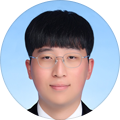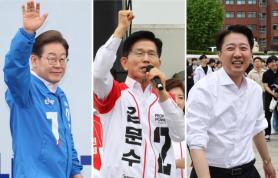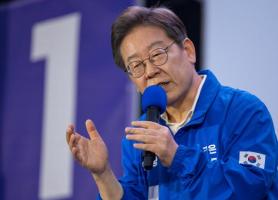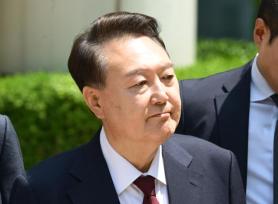
SEOUL, May 20 (AJP) - South Korea’s Democratic Party presidential candidate, Lee Jae-myung, is wagering his economic revival plan on a massive national investment in artificial intelligence, vowing to elevate the country into the ranks of the world’s top AI powers with a bold 100 trillion won ($70.6 billion) initiative.
“I will position Korea as one of the world’s top three AI powers,” Lee declared in a Facebook post on April 14, framing AI as the centerpiece of his campaign for economic leadership.
The former Gyeonggi Province governor unveiled his plan at Pangyo Techno Valley, the nation’s equivalent of Silicon Valley, outlining a vision to transform South Korea into a global economic powerhouse.
At the heart of this vision is a commitment to scale the country’s AI capabilities to match or exceed those of leading nations and to increase the government’s AI-related budget to globally competitive levels.
“If all citizens use the so-called ‘Korean ChatGPT,’ we can rapidly accumulate vast datasets,” Lee said. “This will lead to productivity innovation, the creation of new industries, and a strengthened national competitiveness.”
The pledge comes amid growing concern that South Korea is falling behind in the global AI race. According to Stanford University’s “AI Index Report 2025,” private investment in AI in South Korea fell to $1.33 billion last year from $1.39 billion the year before, dropping its global ranking from ninth to 11th. By comparison, the United States led with $110 billion, followed by China with $9.3 billion.
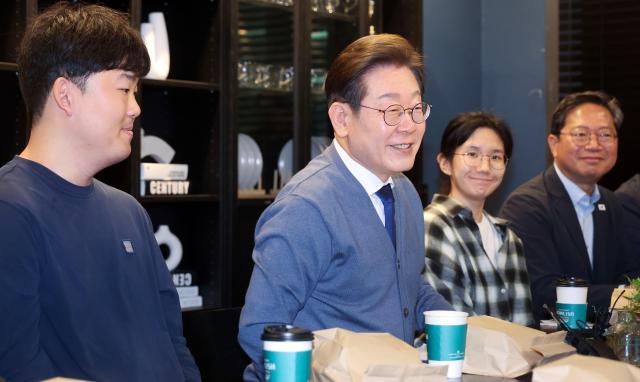
Industry experts have underscored the urgency of building a domestic AI ecosystem.
“The utmost priority is not just supporting small and medium-sized enterprises, but fostering a strong internal market,” said Lee Kyung-il, chief executive of Saltlux, an AI company based in Seoul. “We need South Koreans using the best AI technologies and receiving high-quality training to stimulate market competition.”
Lee’s “AI for All” initiative, which proposes free access to advanced AI tools for every citizen, reflects his broader “basic society” philosophy.
But critics argue that the plan lacks specificity, particularly in defining the AI models to be supported. With existing tools like ChatGPT and Google’s Gemini already offering free versions, analysts question whether his proposal is truly groundbreaking.
Still, the campaign’s ambitions are formidable. Lee has promised to acquire more than 50,000 high-performance GPUs and to establish a national AI data integration cluster. He also pledged regulatory exemptions to support emerging AI-driven industries.
But experts warn that simply amassing hardware is not enough.
“Becoming a global AI leader requires more than processors,” said one professor affiliated with an AI research institute. “We need significant investment in research and development, high-quality datasets, advanced model designs, and the engineering capability to make full use of the hardware.”
Beyond technical capacity, energy consumption may present the most immediate obstacle.
The NVIDIA A100 Tensor Core GPU, a common workhorse in AI data centers, consumes up to 400 watts. With 50,000 units, consumption could reach 20 megawatts — equivalent to a small or mid-sized thermal power plant.
Factoring in infrastructure like cooling systems, power usage could soar to 30 megawatts. Over the course of a month, that translates to 21,600 megawatt-hours — roughly equal to the monthly electricity use of more than 80,000 South Korean households, based on data from the Korea Electric Power Corporation.
The International Energy Agency estimates that global electricity demand from data centers will more than double by 2030, reaching 945 terawatt-hours — surpassing the current annual electricity usage of Japan.
South Korea’s Ministry of Trade, Industry and Energy projects that domestic AI data centers will require about 8.2 terawatt-hours of electricity by 2025, increasing to 30 TWh by 2038.
These projections present a challenge for the Democratic Party, which has historically opposed nuclear energy. Meanwhile, global tech giants including Amazon, Google and Microsoft are moving to adopt small modular reactors to meet surging energy needs.
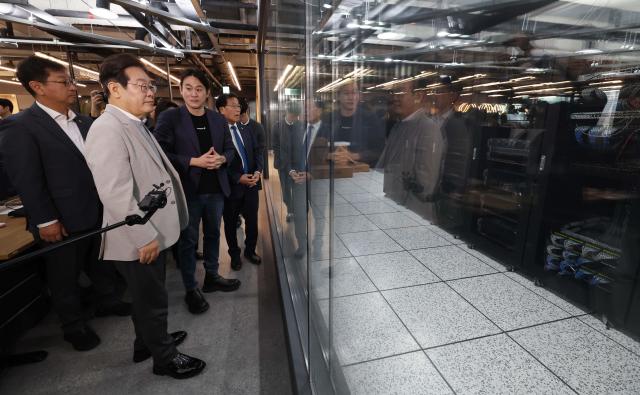
Compounding the difficulty, South Korea’s power grid is already under strain.
The high-voltage direct current (HVDC) project intended to transmit electricity from the East Coast to the metropolitan region is now nearly seven years behind schedule due to opposition from local governments.
With transmission bottlenecks already limiting power flow from regions to the Seoul capital area, some coal-fired power plants in the Yeongdong region reportedly operated at just 20 to 30 percent capacity last year.
To address these constraints, Lee has proposed the construction of a “West Coast Energy Highway” by 2030, intended to deliver 20 gigawatts of offshore wind power from the southwest coast through a subsea transmission grid. A broader plan envisions a U-shaped energy corridor connecting the Honam and Yeongnam regions to eastern offshore wind farms by 2040.
But energy experts remain skeptical.
“To advance the plan as promised, massive resources must be secured, and we need the technical ability to lay submarine cables across the west coast,” said Yoo Seung-hoon, a professor at Seoul National University of Science and Technology. “There are still no detailed financial or technical plans for implementation and commercialization.”
Yoo added that similar pledges by rival candidates also suffer from a lack of specificity, particularly given South Korea’s challenges with community opposition to large-scale infrastructure projects.
Even as the government allocates substantial venture capital for AI development, some in academia warn the approach may be misdirected.
“Many of our brightest minds still leave the country to work abroad,” said Choi Jae-sik, a professor at the KAIST Graduate School of AI. “We may be lacking the systems necessary to reward their efforts here. Culture matters, and we need solutions that people can relate to.”
Despite the hurdles, Lee has continued to cast his vision in existential terms.
“An overwhelming and complex crisis looms before us,” he said in a May 12 speech launching his campaign. “To overcome the trade crisis driven by the United States and the fierce global AI competition, the nation must unite. Every citizen must be part of the solution.”
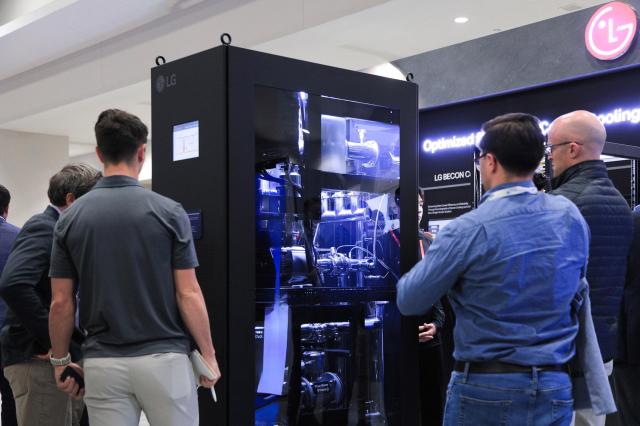
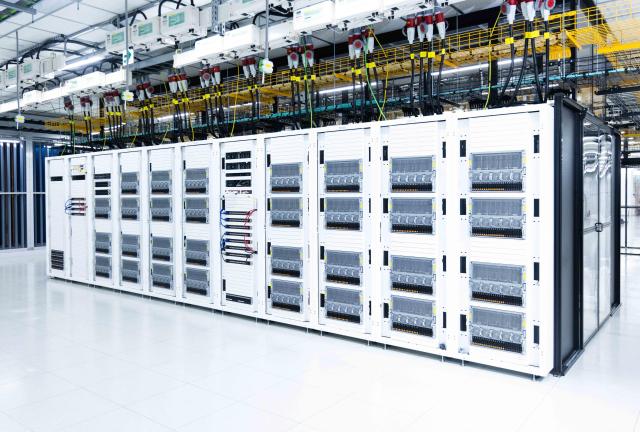
Copyright ⓒ Aju Press All rights reserved.

